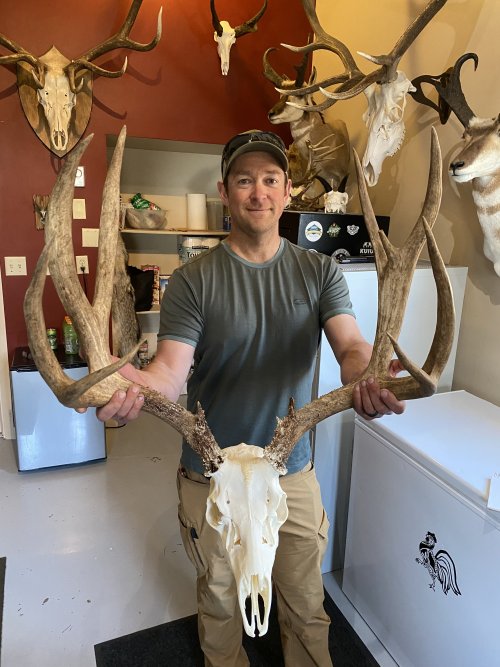Nick87
Well-known member
I would think that if your concerned about lead being unsafe you'd be more concerned about using lead on birds than big game. Don't care what you shoot either way. Just making an observation.But I am not a purist - I still mostly hunt upland with lead.






